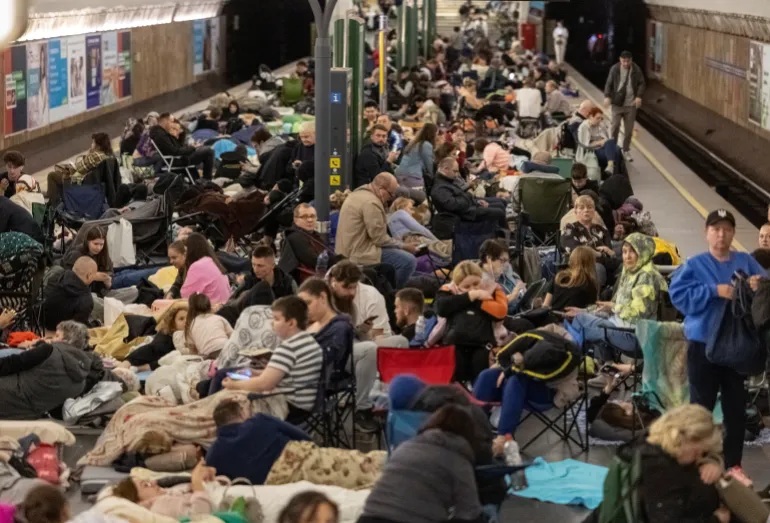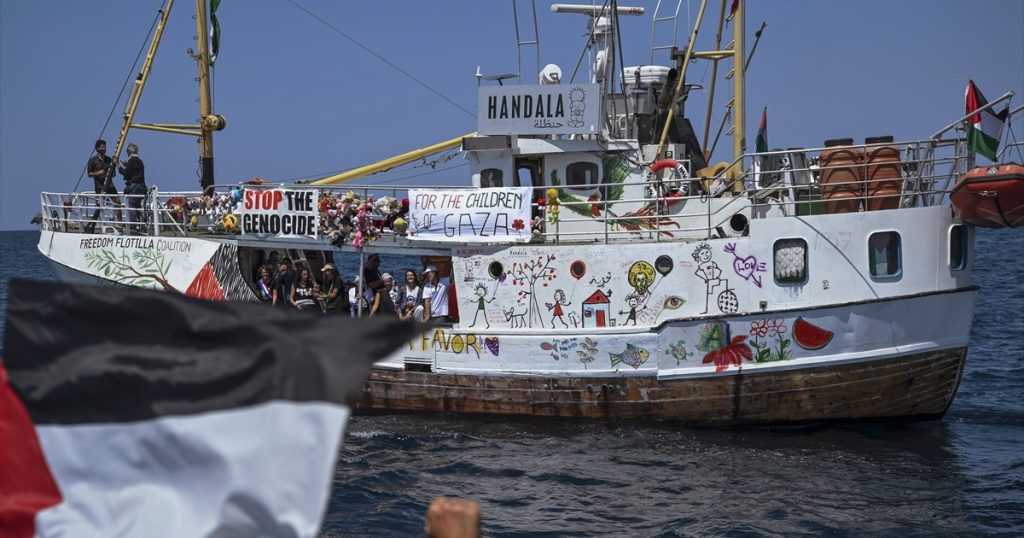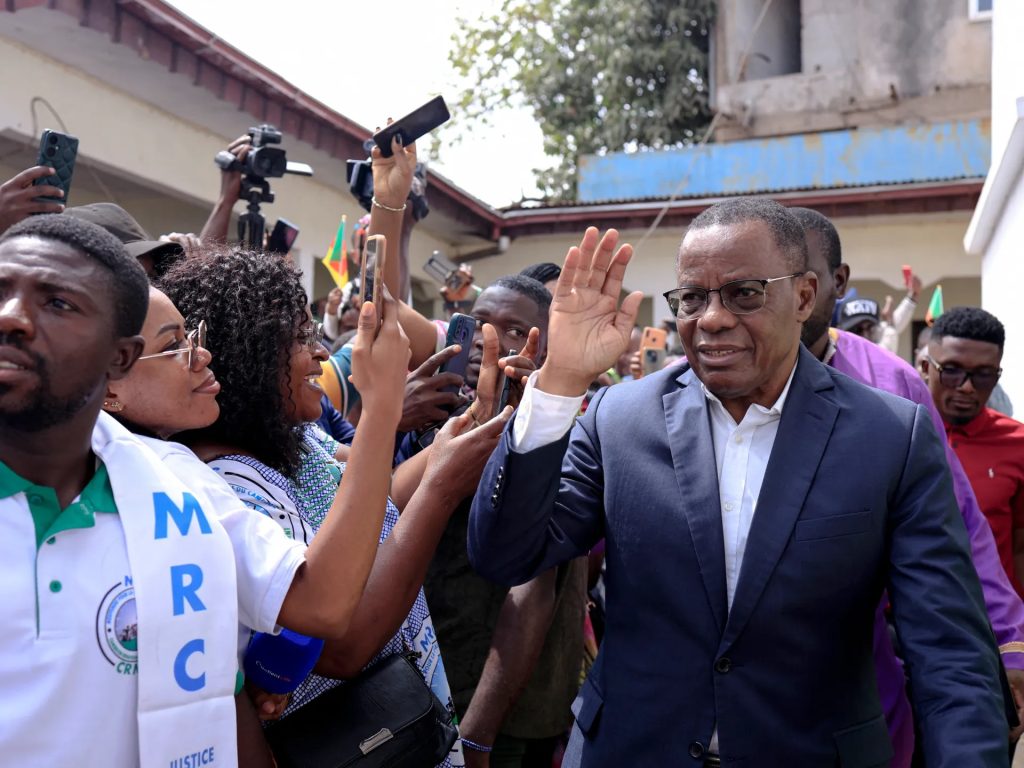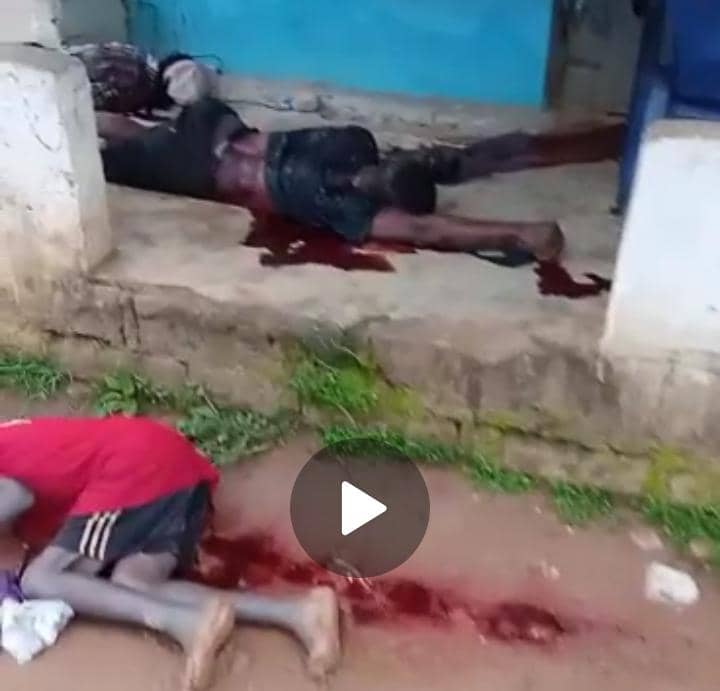News
Russia Tightens Grip on East Ukraine Amid Mounting Doubts

Russia has declared complete control over Ukraine’s eastern Luhansk region, marking a symbolic moment in its ongoing invasion.
On July 2, Leonid Pasechnik, the Russian-installed governor in Luhansk, announced on national television that the entire territory had been “100 percent liberated” by Russian forces.
Luhansk is one of four eastern Ukrainian regions that Moscow has formally annexed, making it the first of these territories that Russian troops now fully occupy.
However, that claim is contested. Russian war correspondents have reported that at least two villages remain outside of Russian control.
This is not the first time Luhansk has been declared fully captured.
Russia made a similar claim in 2022, only for parts of the region to be retaken by Ukrainian forces in a counteroffensive later that year.
Still, over nearly three years of fighting, Russia has slowly regained much of the lost territory in eastern Ukraine.
This recent development marks a significant, if incremental, gain for Moscow.
It follows another advance in June, when Russian troops pushed to the edge of the Dnipropetrovsk region, effectively crossing the full width of the Donetsk front for the first time.
Despite holding only two-thirds of Donetsk, this geographic achievement symbolizes a growing Russian foothold.
These advances come as Ukraine faces mounting difficulties, including reduced foreign support.
On the same day as Pasechnik’s announcement, the U.S. government announced it would not deliver certain weapons previously pledged to Kyiv.
It cited a broader reassessment of American global military commitments.
Some analysts argue that Russia’s gains are more symbolic than strategic, lacking the momentum or scope to shift the overall dynamics of the war.
However, they still highlight Ukraine’s struggles to repel Moscow’s grinding advance.
The Russian Ministry of Defence claimed on June 27 to have captured several villages in Donetsk, including Zaporizhzhia and Perebudova.
Others are Shevchenko, and Yalta, followed by further gains in Chervona Zirka and Novoukrainka.
These small but consistent territorial acquisitions lend Moscow’s campaign a slow but steady character.
Alongside territorial ambitions, Russian officials have renewed their push for a so-called “buffer zone” inside Ukraine.
Igor Korotchenko, editor of National Defense magazine, suggested such a zone should extend 70 to 120 kilometers into Ukrainian territory.
Similar statements have been made by senior Russian officials, including Dmitry Medvedev and military commanders, citing the need to protect Russian regions like Kursk from future Ukrainian attacks.
While the Kremlin maintains that only four regions, Luhansk, Donetsk, Zaporizhia, and Kherson, are officially annexed, President Vladimir Putin recently hinted at broader ambitions.
On June 20, he suggested all of Ukraine remains part of Russia’s historical territory.
Later in June, he reiterated that Russia would continue operations until achieving an undefined “necessary result.”
It raised deepening concerns that so-called buffer zones are simply a pretext for further land grabs.
In response, Ukraine has taken drastic measures.
On June 30, President Volodymyr Zelenskyy announced Ukraine’s withdrawal from the Ottawa Treaty, which bans the use of antipersonnel landmines.
He emphasized that such mines are, in some cases, a necessary defensive tool in resisting Russia’s invasion.
Despite its defensive setbacks, Ukraine has continued striking back across the border.
On June 27–28, Ukrainian drones targeted the Kirovske airfield in Crimea, reportedly destroying at least three Russian helicopters.
Around the same time, Ukrainian forces claimed to have destroyed four Su-34 fighter jets at the Marinovka airbase and hit a Russian intelligence facility in the Bryansk region.
Ukrainian officials warn that Russia is ramping up its drone warfare.
On June 29, Russia launched its largest drone and missile attack of the war, sending 447 drones and 90 missiles into Ukraine.
While Ukrainian air defences intercepted the majority, the intensity of the assault indicates a shift in Russian tactics.
Zelenskyy has called for accelerating domestic production of drones and missile interceptors.
During a recent visit by Germany’s foreign minister, he confirmed that a significant portion of the €9 billion in aid pledged by Berlin would support the scaled-up production of air defence systems.
As the conflict drags on, both sides are preparing for prolonged warfare—with Ukraine leaning heavily on international aid and homegrown innovation, and Russia continuing its methodical campaign for territorial expansion.
For Diaspora Digital Media Updates click on Whatsapp, or Telegram. For eyewitness accounts/ reports/ articles, write to: citizenreports@diasporadigitalmedia.com. Follow us on X (Fomerly Twitter) or Facebook












